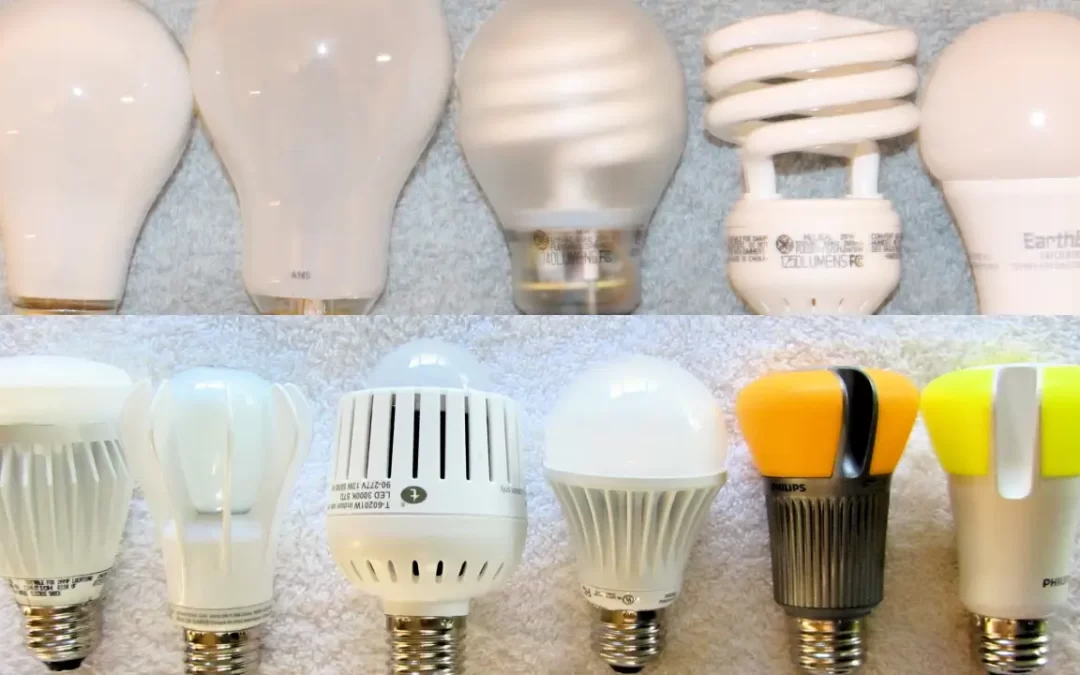Types of Light Bulbs on the Market Today for Residential and Commercial Use
When it comes to lighting up our homes or offices, the type of bulb we choose can make all the difference. With so many options available on the market, it can be overwhelming to know which one to choose. In this article, we’ll take a closer look at the different types of light bulbs available today. From traditional incandescent bulbs to newer, energy-efficient options like LED and CFL bulbs, we’ll explore the pros and cons of each. We’ll also discuss specialty bulbs and smart bulbs, and provide tips for choosing the right bulb for your needs.
Types of Light Bulbs on the Market Today
When it comes to choosing the right light bulb for your needs, you have a wide variety of options to choose from. The type of bulb you select can have a significant impact on the quality of light and the amount of energy you use. Here are several types of light bulbs on the market today that you may come across:
1. Incandescent Bulbs
Incandescent bulbs have been around for over a century and were the most common type of light bulb until recently. These bulbs work by heating a wire filament until it glows. Although they produce a warm and comfortable light, they are highly inefficient and consume a lot of energy. Most countries have now phased out or restricted the production of incandescent bulbs to reduce energy consumption.
2. Compact Fluorescent Lamps (CFLs)
2.1 What are CFLs?
CFLs are a type of energy-saving bulb that use up to 75% less energy than traditional incandescent bulbs. They work by passing an electric current through a gas that produces ultraviolet light, which in turn creates visible light.
2.2 Pros and Cons of CFLs
CFLs last up to ten times longer than incandescent bulbs and are much more energy-efficient, making them a popular option for those wanting to reduce their carbon footprint. However, they do contain a small amount of toxic mercury, which requires appropriate disposal to avoid environmental contamination.
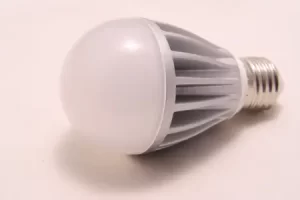 3. Light Emitting Diode (LED) Bulbs
3. Light Emitting Diode (LED) Bulbs
3.1 What are LED Bulbs?
LED bulbs are another energy-efficient option, using up to 80% less energy than traditional bulbs. They work by passing an electrical current through a semiconductor, which produces light. LED bulbs have become increasingly popular in recent years due to their long lifespan and low energy consumption.
3.2 Pros and Cons of LED Bulbs
LED bulbs have a long lifespan, typically lasting up to 25 years, and are highly energy-efficient. They also produce little heat, making them safe to use in a variety of fixtures. However, they can be more expensive to purchase upfront and may not produce the same warm light as traditional bulbs.
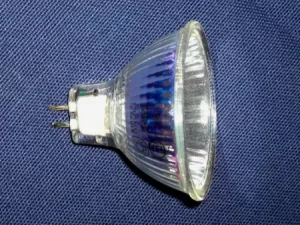 4. Halogen Bulbs
4. Halogen Bulbs
Halogen bulbs work similarly to incandescent bulbs but use a halogen gas to improve energy efficiency. They produce a bright and warm light, making them a popular option for outdoor lighting and floodlights. However, they are still relatively inefficient compared to other options and do not last as long.
5. High Intensity Discharge (HID) Bulbs
HID bulbs produce a highly intense light and are typically used in industrial and commercial settings. They are highly efficient and can last up to five times longer than traditional bulbs. However, they can be expensive and may not be suitable for home use.
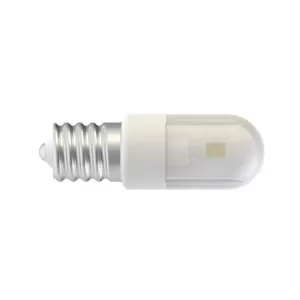 6. Specialty Bulbs
6. Specialty Bulbs
There are several specialty bulbs available on the market today, including:
6.1 Appliance Bulbs
Appliance bulbs are small, low-wattage bulbs used in appliances such as refrigerators and ovens.
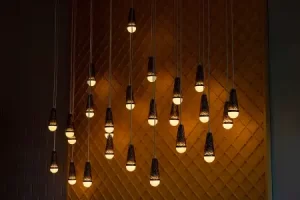 6.2 Decorative Bulbs
6.2 Decorative Bulbs
Decorative bulbs are designed to enhance the aesthetic appeal of a room and come in a variety of shapes and sizes, including globe, candle, and candelabra.
6.3 Three-Way Bulbs
Three-way bulbs can be set to different levels of brightness, making them a versatile option for various settings.
 7. Smart Bulbs
7. Smart Bulbs
7.1 What are Smart Bulbs?
Smart bulbs can be controlled using voice commands or smartphone apps, allowing you to adjust the brightness and color of the light to your preference. They can also be set to turn on and off automatically.
7.2 Pros and Cons of Smart Bulbs
Smart bulbs offer convenience and flexibility, allowing you to control your lights from anywhere. However, they can be expensive and require an internet connection to function.
8. Choosing the Right Bulb for Your Needs
When choosing the right bulb for your needs, consider the following factors:
8.1 Factors to Consider
– Brightness
– Color temperature
– Lifespan
– Energy efficiency
8.2 Tips for Choosing the Right Bulb
– Determine the brightness and color temperature needed for the room.
– Choose a bulb with a long lifespan to save on replacement costs.
– Consider the energy efficiency of the bulb to save on energy costs.In conclusion, the type of light bulb you choose can impact your energy bill, the environment, and the overall ambiance of your space. By understanding the different types of bulbs available and their pros and cons, you can make an informed decision that meets your needs and preferences. So, whether you opt for a classic incandescent bulb or a high-tech smart bulb, we hope this guide has helped you navigate the world of light bulbs with confidence.
FAQs
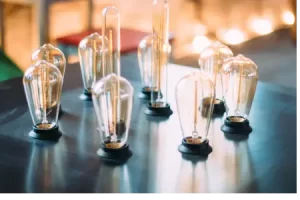 1. Are LED bulbs worth the investment?
1. Are LED bulbs worth the investment?
LED bulbs can be more expensive than other types of bulbs, but they can also save you money in the long run. They use less energy and typically last longer than incandescent and CFL bulbs. Plus, LED bulbs are more environmentally-friendly since they don’t contain hazardous materials. So, if you’re looking for a cost-effective and eco-friendly option, LED bulbs are definitely worth considering.
2. Can I use any type of bulb in any fixture?
No, not all bulbs are compatible with all fixtures. For example, some fixtures are designed specifically for halogen or incandescent bulbs, while others are designed for CFL or LED bulbs. It’s important to check the fixture’s specifications and choose a bulb that’s recommended for that fixture to ensure safety and optimal performance.
3. Do smart bulbs really save energy?
Yes, smart bulbs can help you save energy and reduce your electricity bill. Many smart bulbs offer features like scheduling and dimming, which allow you to control the amount of energy your bulbs use. For example, you can schedule your lights to turn off when you leave the house or dim them when you’re watching a movie for a more energy-efficient lighting solution.
4. What is the difference between lumens and watts?
Lumens and watts are both measurements of light output, but they measure different things. Watts measure the amount of energy a bulb uses, while lumens measure the brightness of a bulb. So, a bulb with a higher lumen count will be brighter than a bulb with a lower lumen count, regardless of the wattage. When shopping for light bulbs, it’s important to pay attention to both the wattage and lumen count to ensure you get the right level of brightness for your needs.

